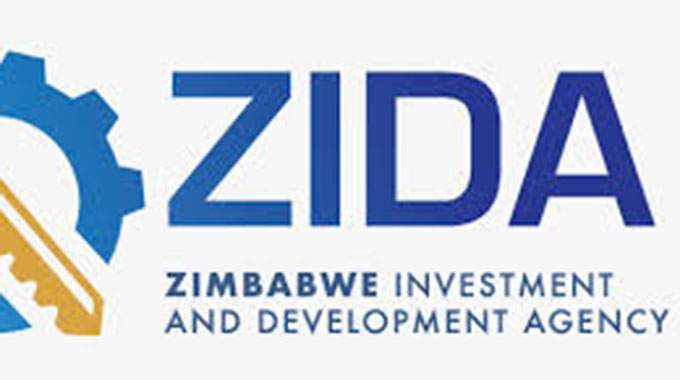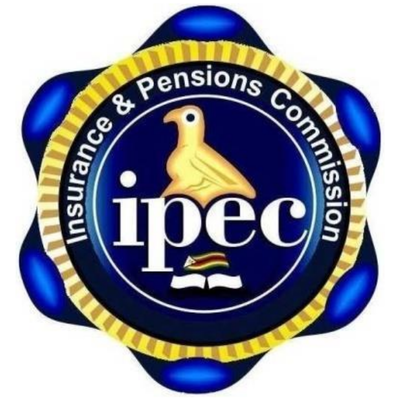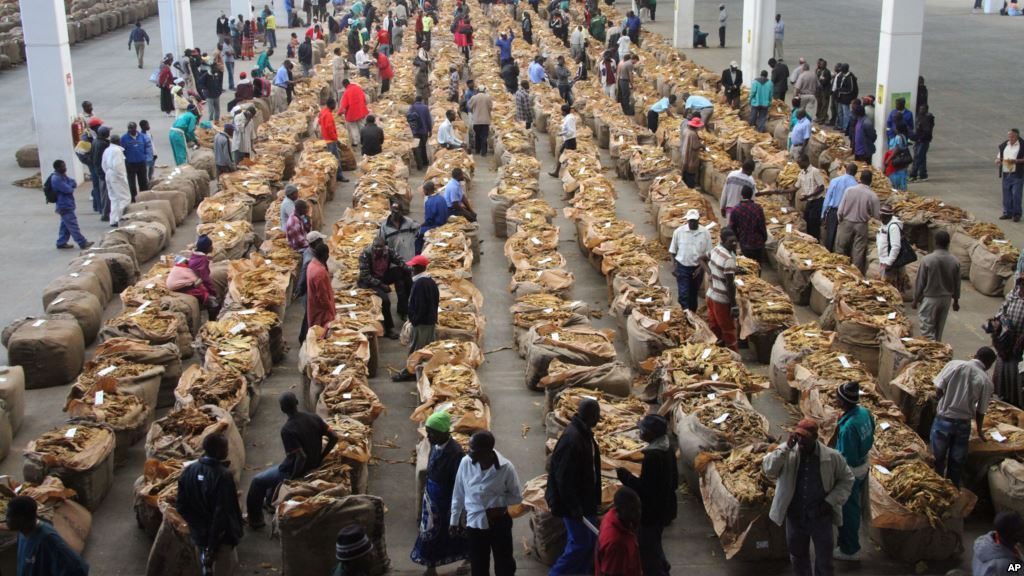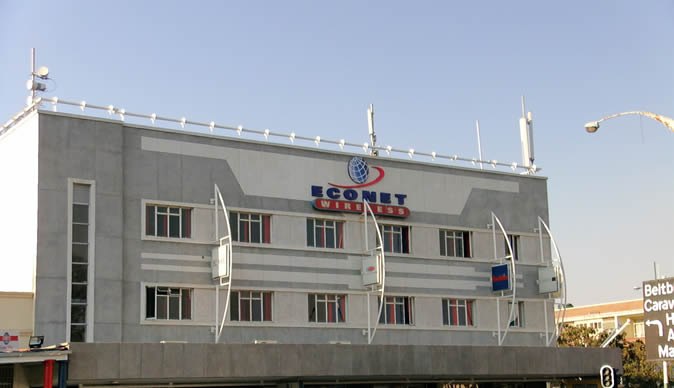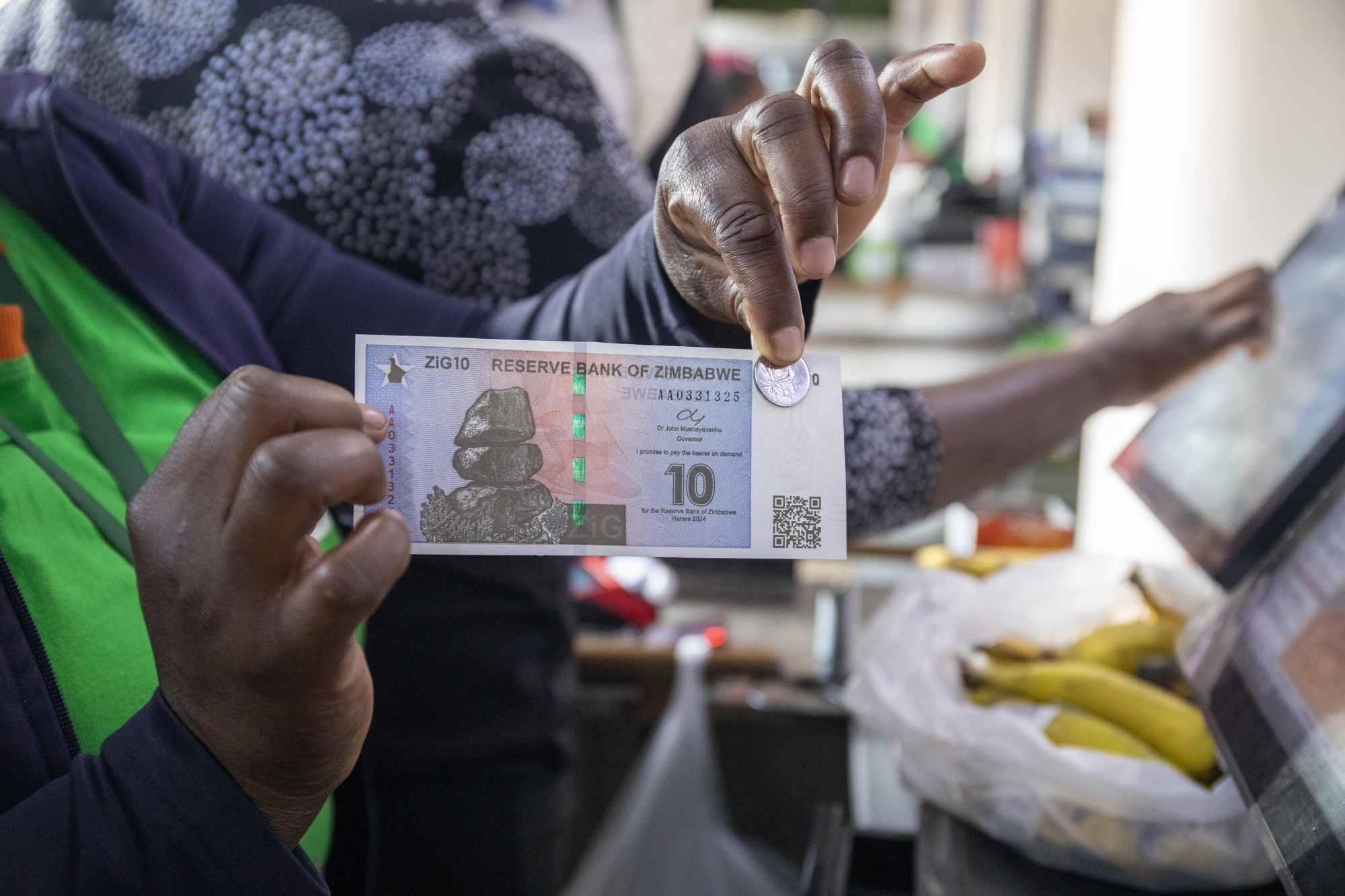Ipec working on solvency stress testing framework
The Insurance and Pensions Commission (Ipec) is currently developing the Zimbabwe Integrated Capital and Risk Programme (ZiCARP), a risk-based solvency regime designed to address weaknesses in Zimbabwe’s local insurance industry.
ZiCARP also aims to enhance policyholder protection and ensure industry stability by linking capital requirements to insurers’ risk profiles.
According to Ipec’s latest life assurance report, as at 2024, 11 life assurance companies had met the US dollar-linked Minimum Capital Requirement (MCR) of US$2 million, which is still pending official gazetting, while one company had not yet met the MCR.
“A ZICARP-based Solvency Stress Testing Framework is currently being developed to guide stress tests on the balance sheets of all life insurance firms.
“These tests are designed to evaluate how each company’s financial position would respond to potential shocks impacting their operations,” Ipec said.
ZiCARP assesses capital requirements based on an insurer’s risk profile, rather than using a uniform, fixed amount.
The regime is structured around three pillars that include Quantitative Aspects that determine the solvency capital requirement (SCR) and minimum capital requirement (MCR).
Pillar 2 is the Own Risk and Solvency Assessment (ORSA), which integrates ORSA into business strategy and strategic decisions.
Pillar 3 requires insurers to disclose adequate information to policyholders and investors, including quarterly and annual returns.
According to the life assurance report for the quarter to December 31, 2024, the sector generated foreign currency revenue totalling US$113,30 million, marking a 119 percent real increase from the US$51,86 million recorded for the same period in 2023.
“The increase in foreign currency business is primarily attributed to policyholders shifting from local currency-denominated policies to foreign currency policies, as a significant portion of the business is recurring,” reads part of the report.
During the period under review, foreign currency business accounted for 65 percent of total revenue, representing a 103 percent increase from the 32 percent recorded during the same period in 2023
“In accordance with SI 280 of 2020, assurance companies are reminded to invest foreign currency premiums in foreign currency assets and settle claims in foreign currency,” reads part of the report.
Nyaradzo Life holds the largest share of foreign currency business at 39,53 percent due to its dominant market share within the life assurance sector.
During the period under review, the life assurance sector reported total assets of ZiG13,45 billion (about US$521,24 million), marking a 10 percent decrease from the US$580,8 million on 31 December 2023.
Life assurance companies primarily invest in quoted equities and investment properties, which collectively account for 44,3 percent of their total assets.
These investments are considered more suitable in uncertain conditions due to their favourable risk and return profiles.
Other assets include insurance (0,63 percent), reinsurance assets, operating assets (10 percent) and other current accounts (14,17 percent).
Ipec said careful consideration is necessary to ensure that the nature of assets held are in line with the liabilities profile.-herald


